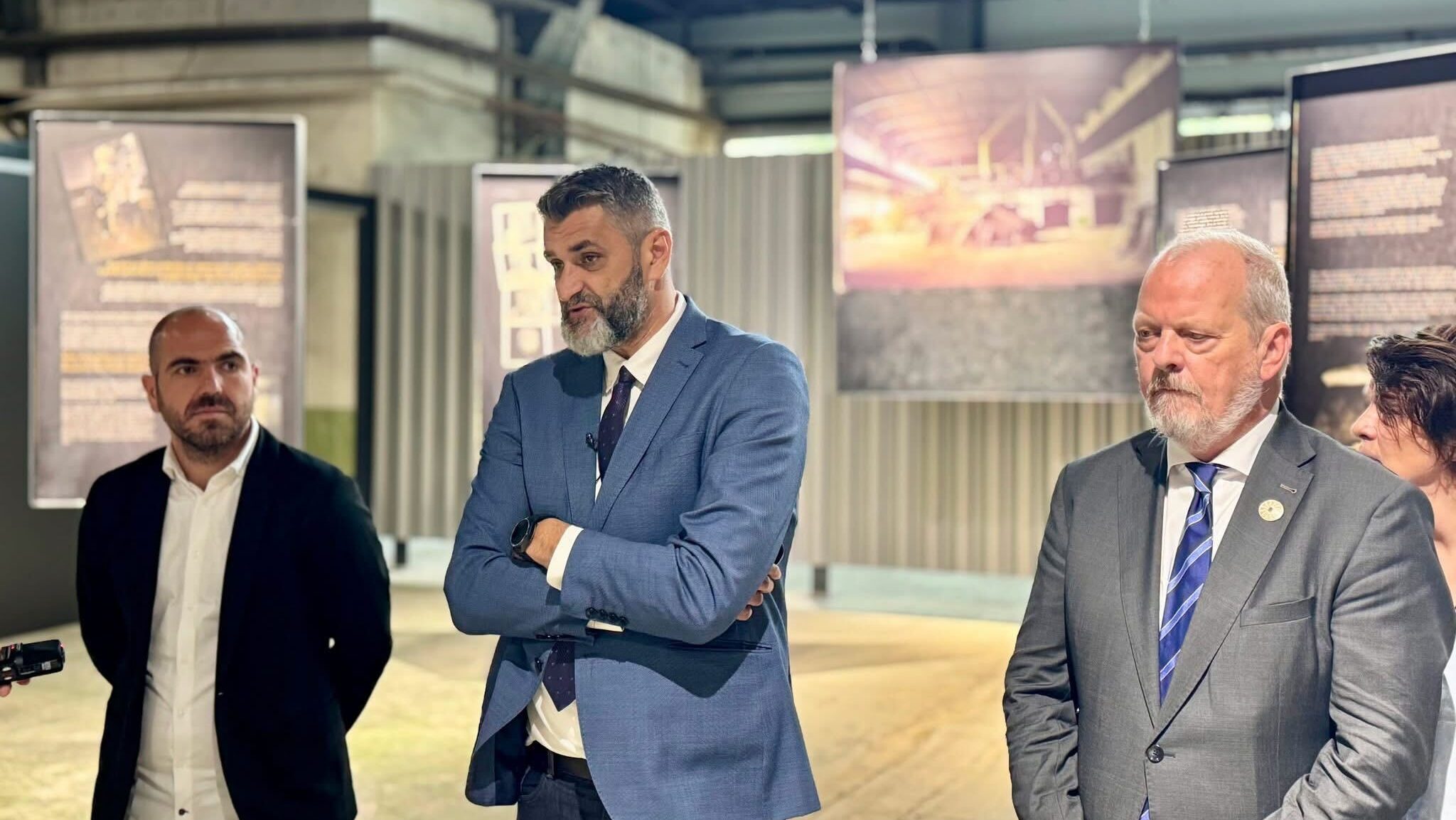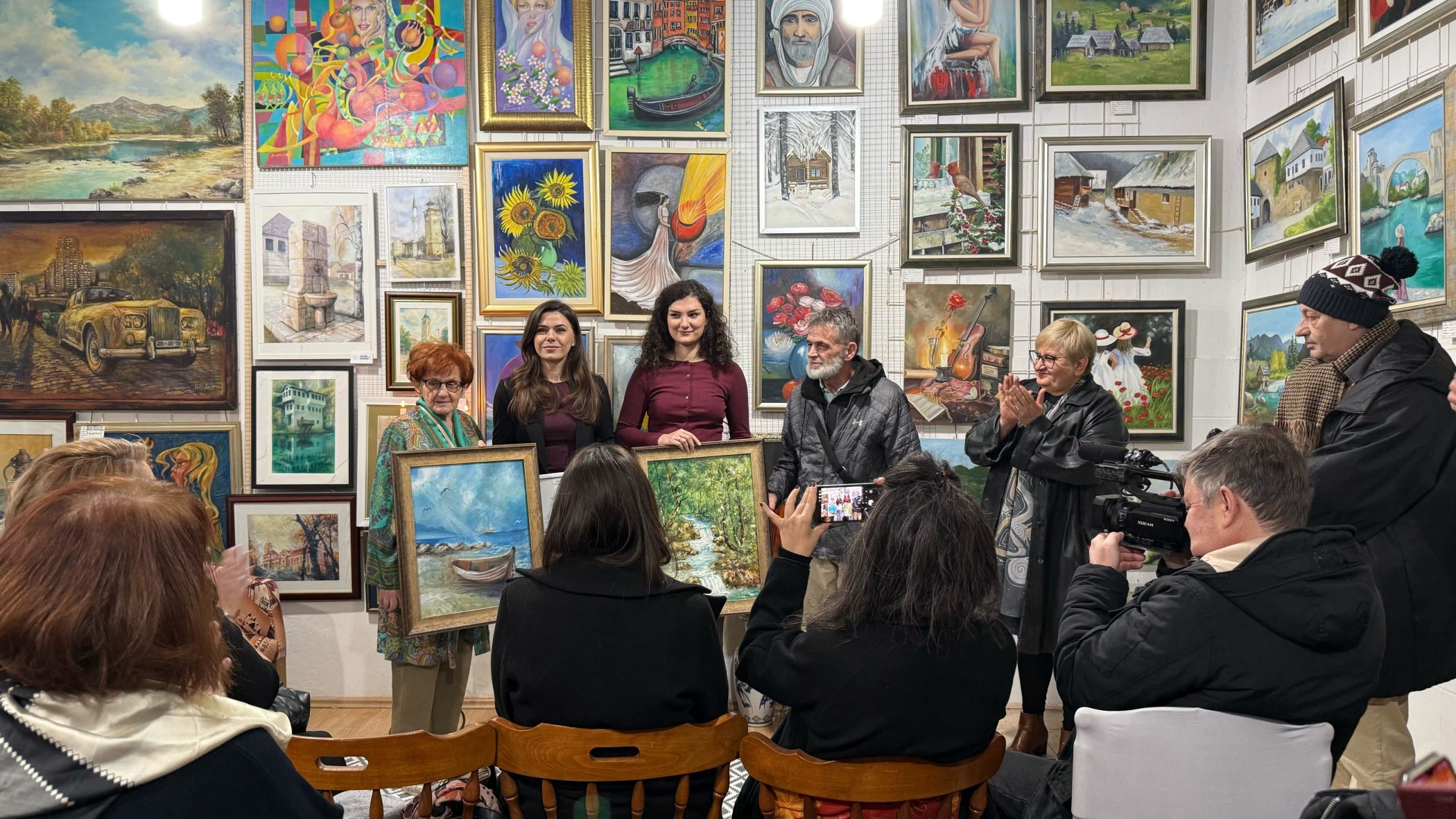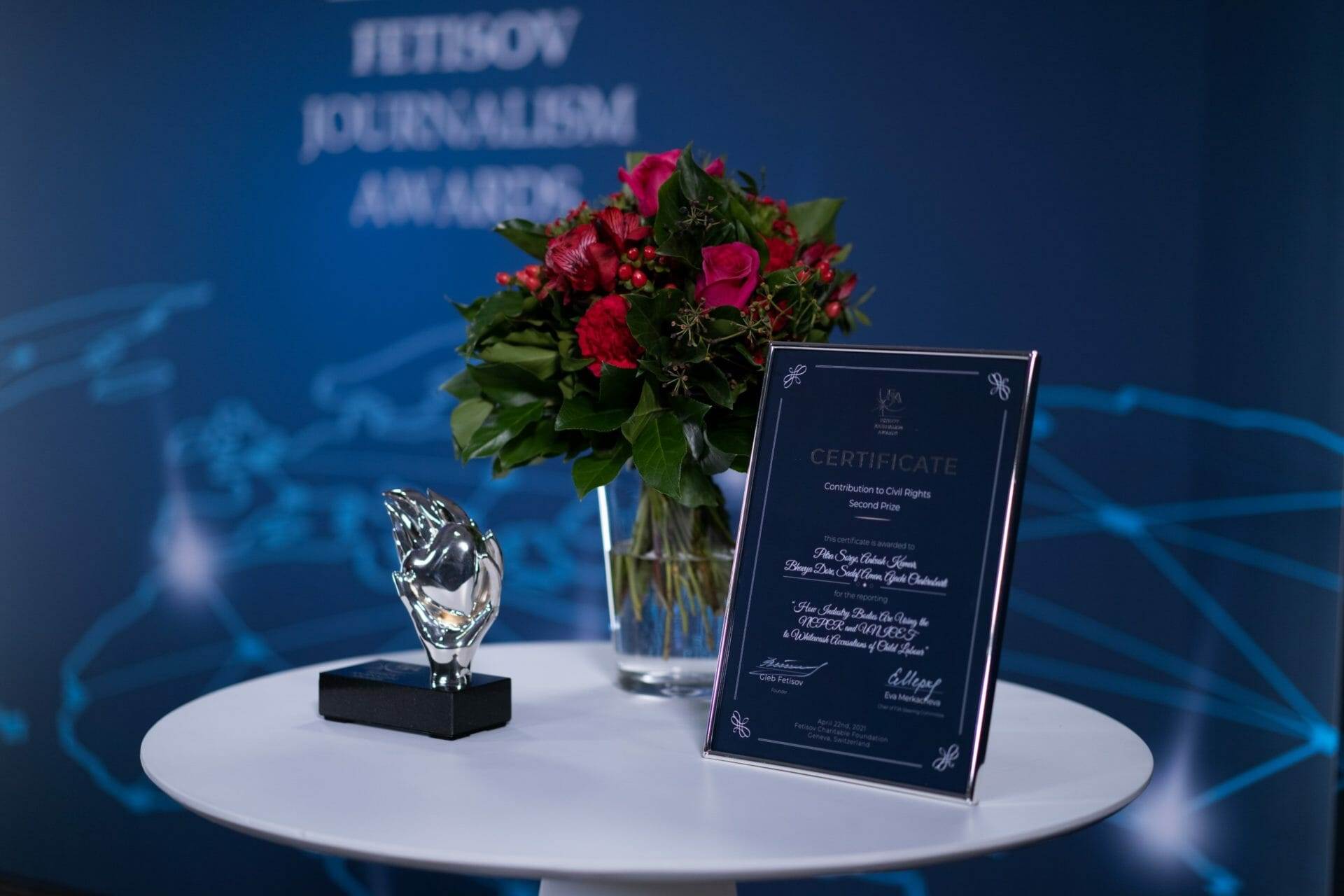This post is also available in: Bosnian
An exhibition, “The Lives behind the Fields of Death”, of the Srebrenica Memorial Centre and the Balkan Investigative Reporting Network of Bosnia and Herzegovina, BIRN BiH, has been moved and reopened in an extended form in the Battery Factory in Srebrenica.
The “Memorial Room” consists of four main spaces – a room where personal items of the 1995 genocide’s victims are displayed, a multimedia room with 100 videos of survivors’ testimonies, a video room showcasing a documentary, Samir Mehic Bowie – Letters from Srebrenica, as well as a video exhibition of oral history, “Srebrenica: Our Story”, authored by Hasan Hasanovic, head of the oral history team.
The project “The Lives Behind the Fields of Death” began in October 2020. A hundred survivors and family members of those killed donated items that connected them to the events of the siege and genocide in the “safe area” of Srebrenica in July 1995. The Srebrenica Memorial Centre took over the items for permanent safekeeping, while BIRN BiH recorded the testimonies of survivors about the suffering of their family members or close friends.
At the opening of the permanent exhibition, the director of the Srebrenica Memorial Center, Emir Suljagic, explained that this was a “new-old” exhibition, which taught about the genocide in a multimedia form, representing a joint fight against genocide denial, false narratives and revisionism.
BIRN BiH director Denis Dzidic said that “The Lives behind the Fields of Death” project had been ongoing for five years. It was significant not only for giving a voice to victims but also for allowing different stories to be told during a time of denial, he said.
The Netherlands’ ambassador, Henk van den Dool, said the Memorial Room was the result of two projects funded by the Netherlands’ government, which supported the fight against denial and historical revisionism. He said the project aimed to emphasize personal stories beyond mere numbers and statistics.
Srebrenica mother Munira Subasic also addressed the participants at the opening, calling for humanity, doing good, and fighting against injustice and hatred. She thanked all those participating in the struggle to preserve victims’ memories.
BIRN BiH and the Memorial Centre, through the MATRA project (of the Regional Partnerships Fund of the Government of the Netherlands), give a voice to the families of the victims, sharing stories about people killed in the genocide in Srebrenica. The aim is to contribute to “social change”, while fighting against genocide denial, as well as discrimination against returnees who lost their loved ones in the genocide.


